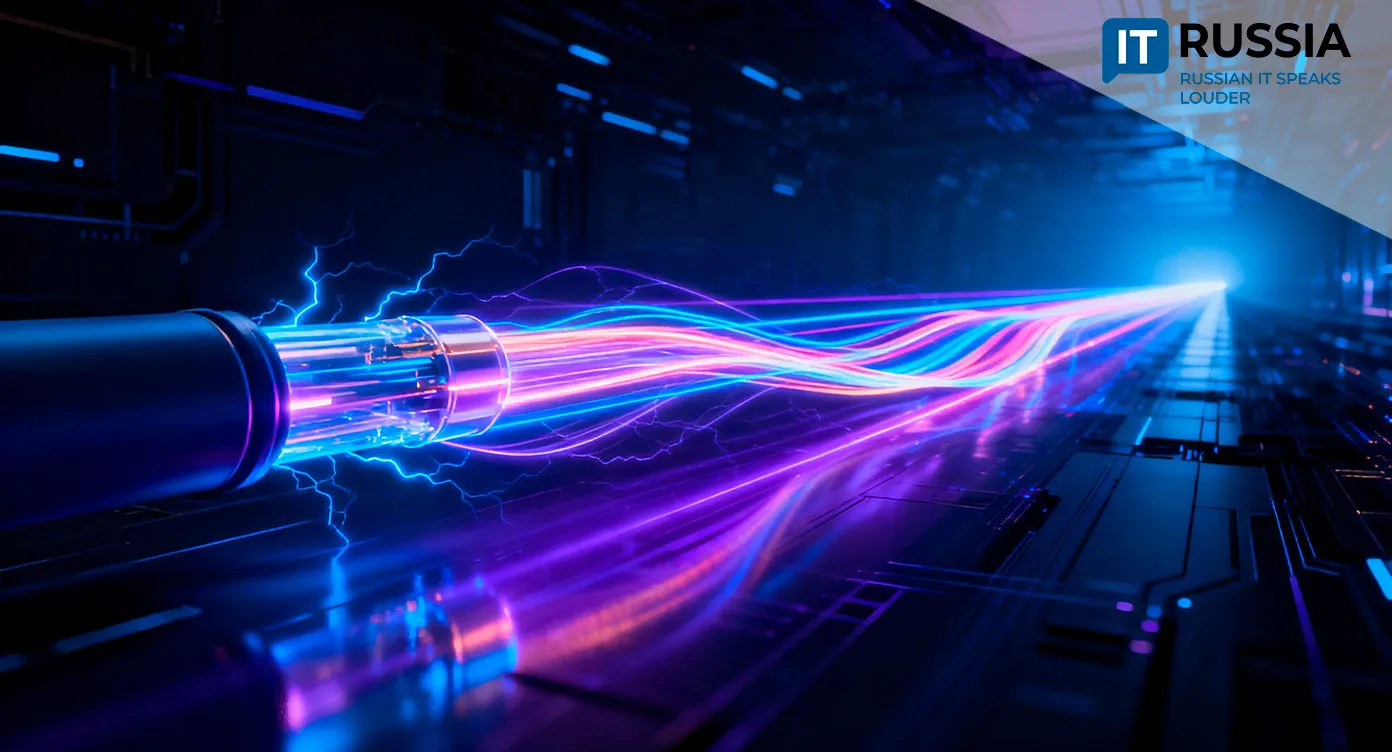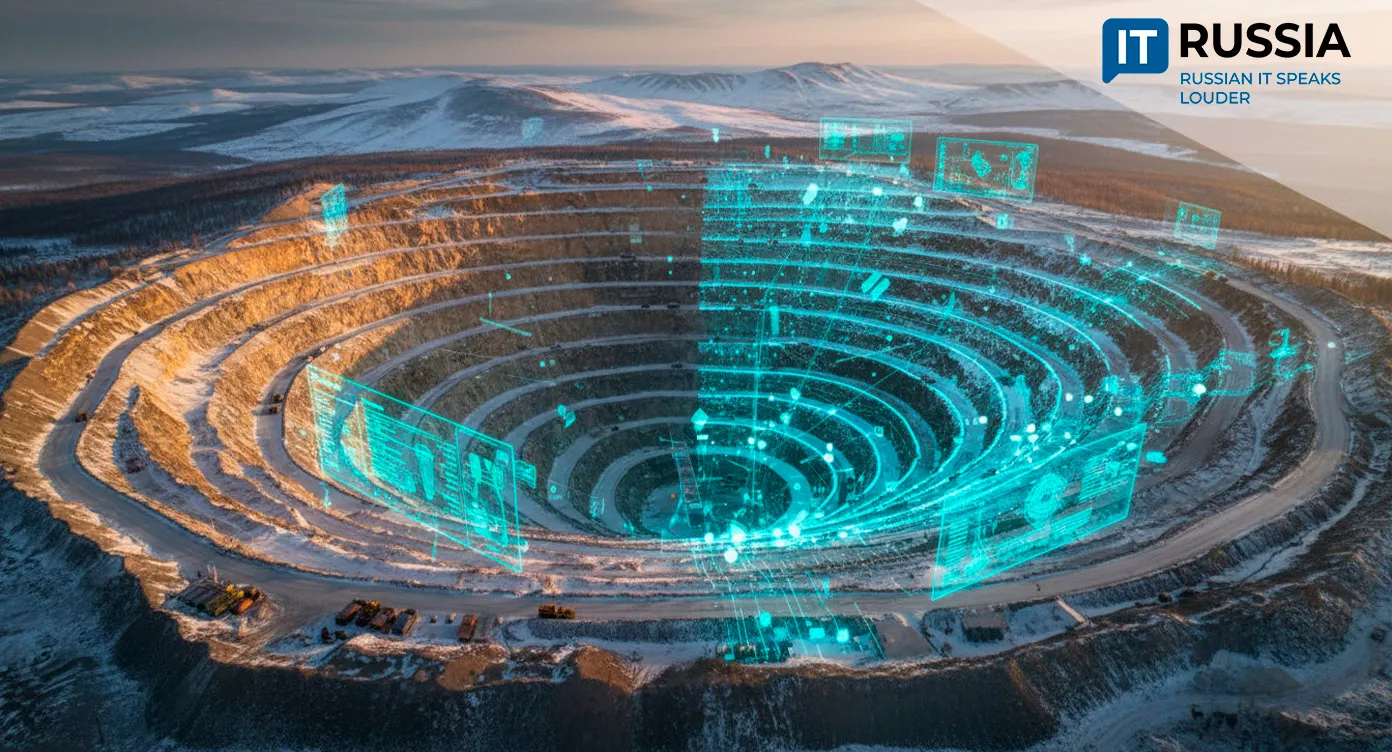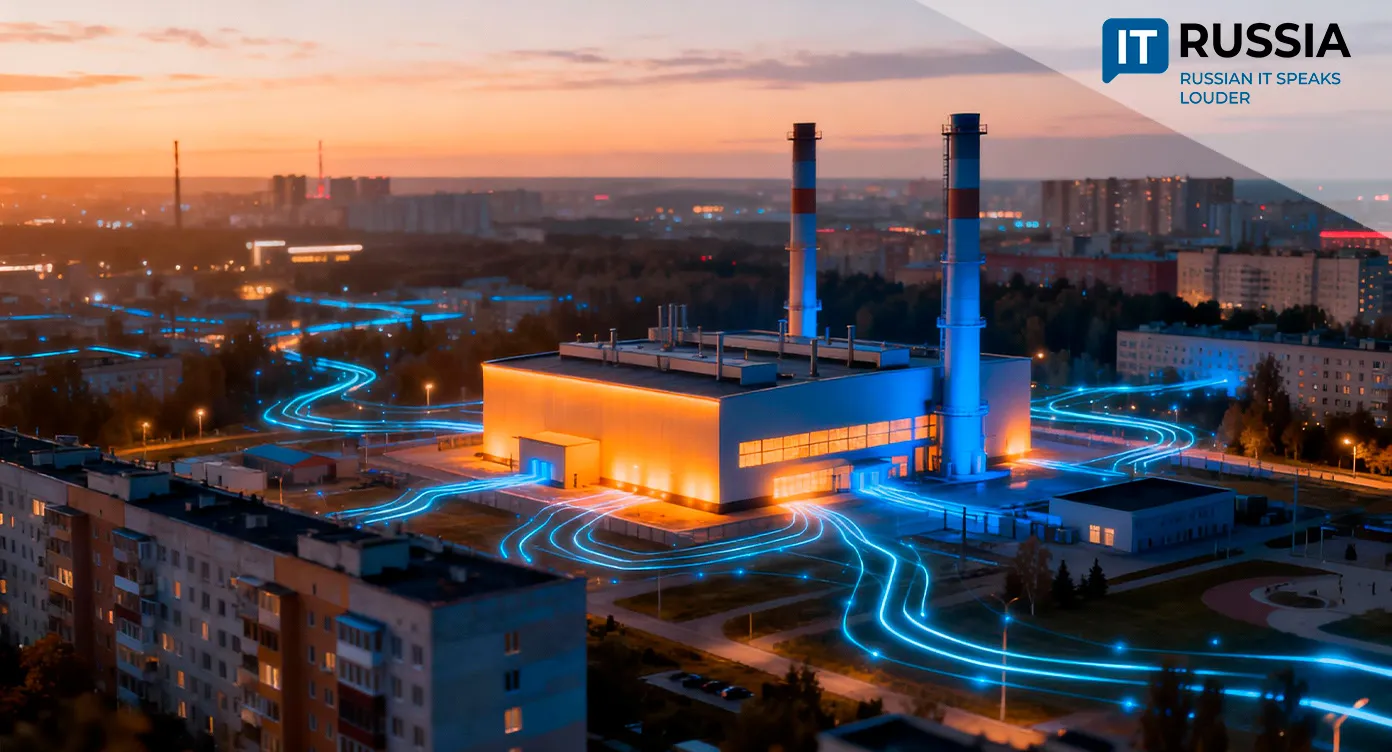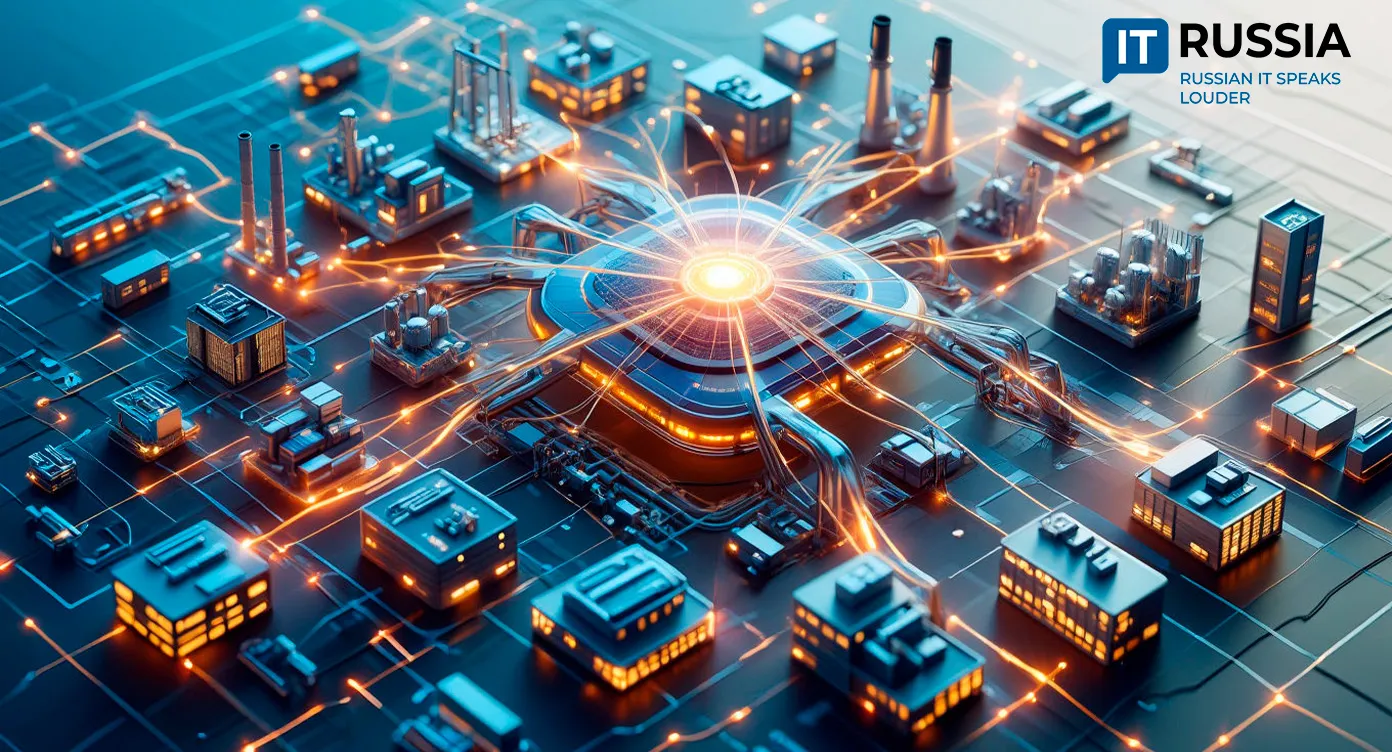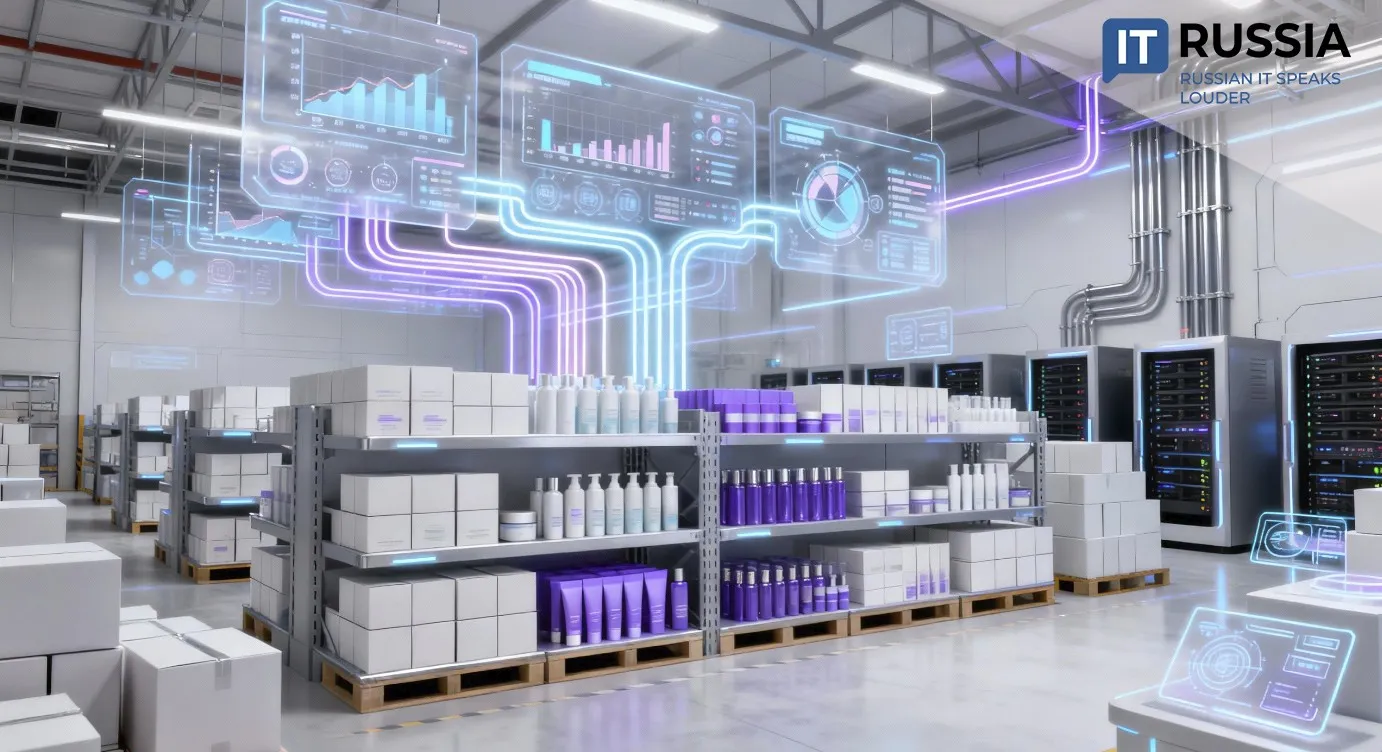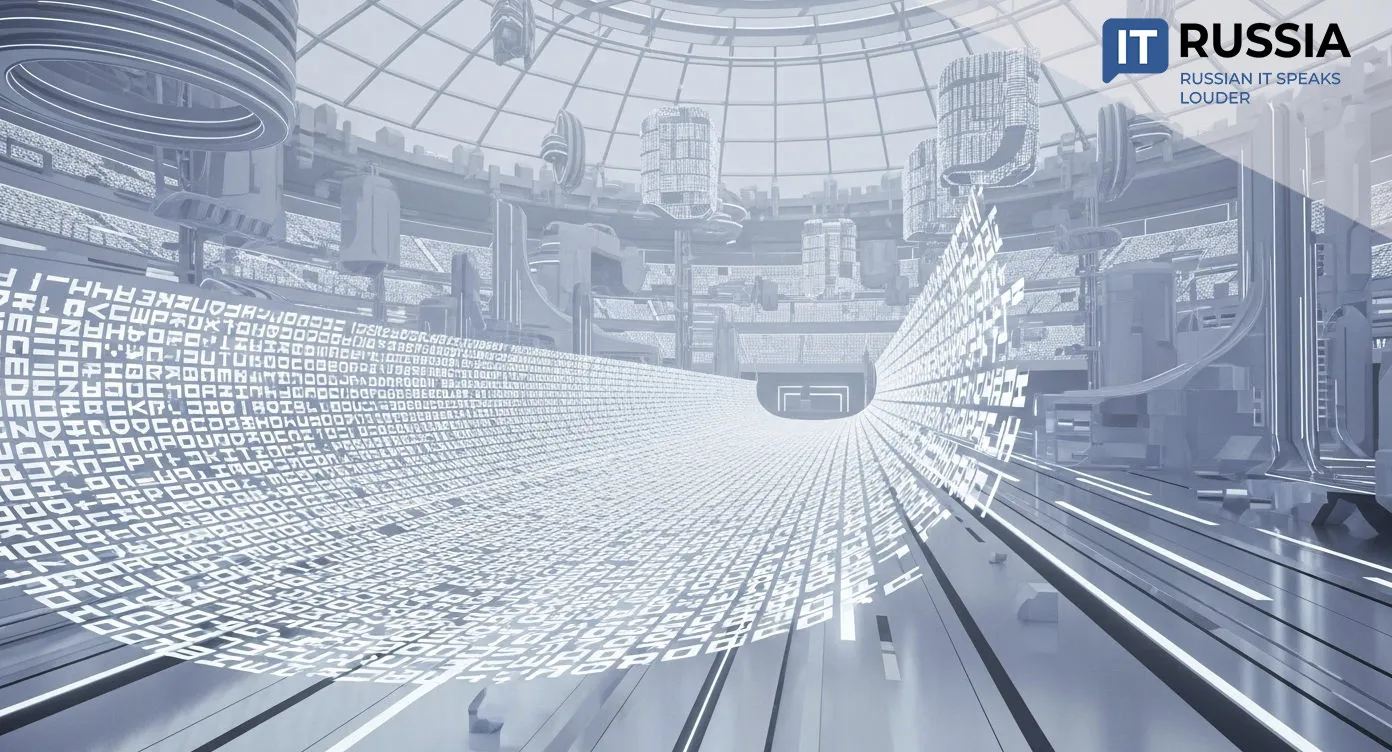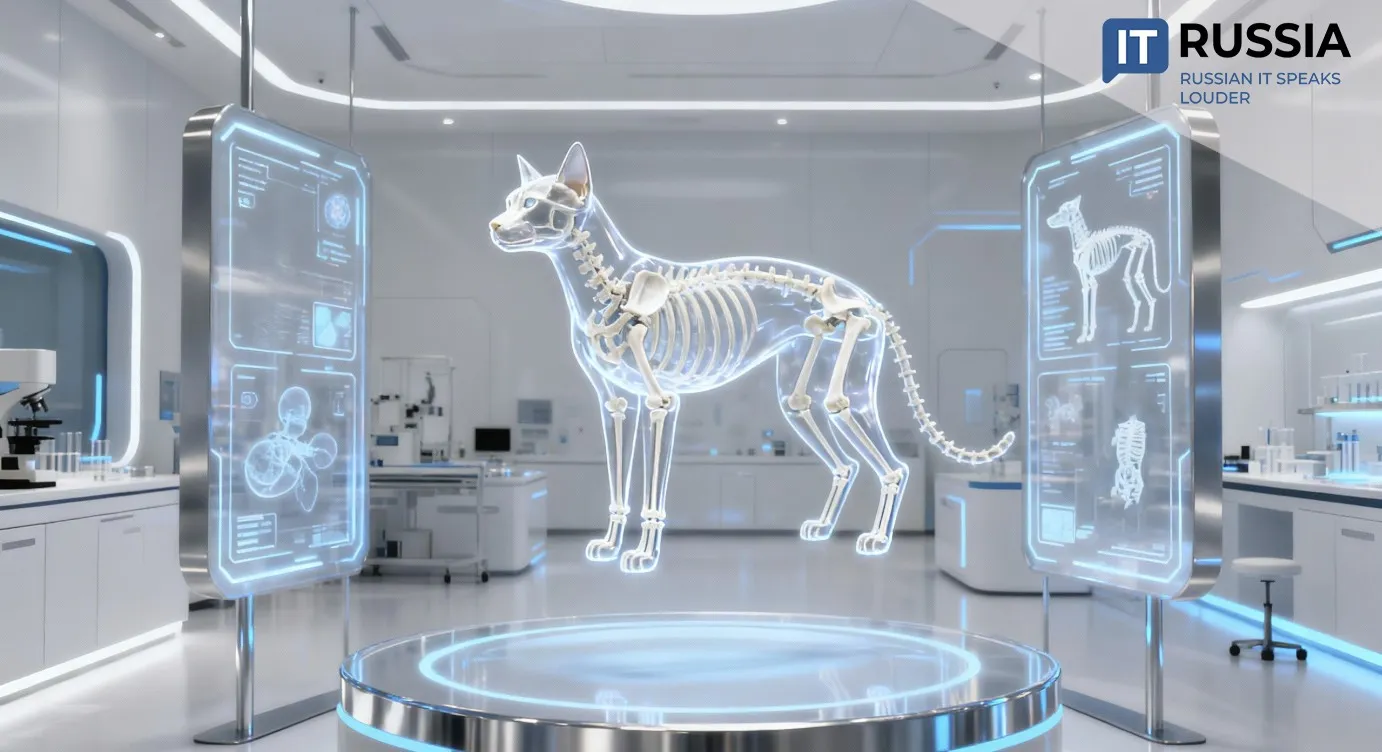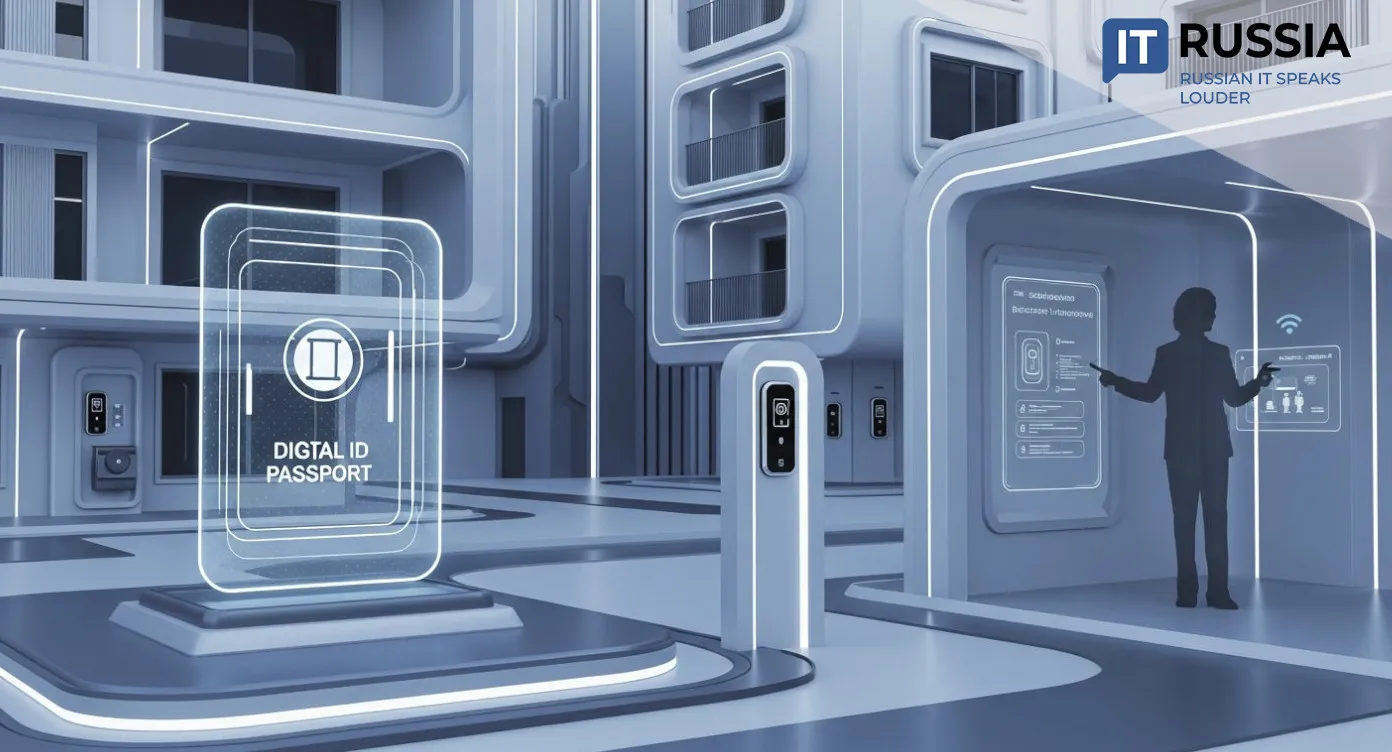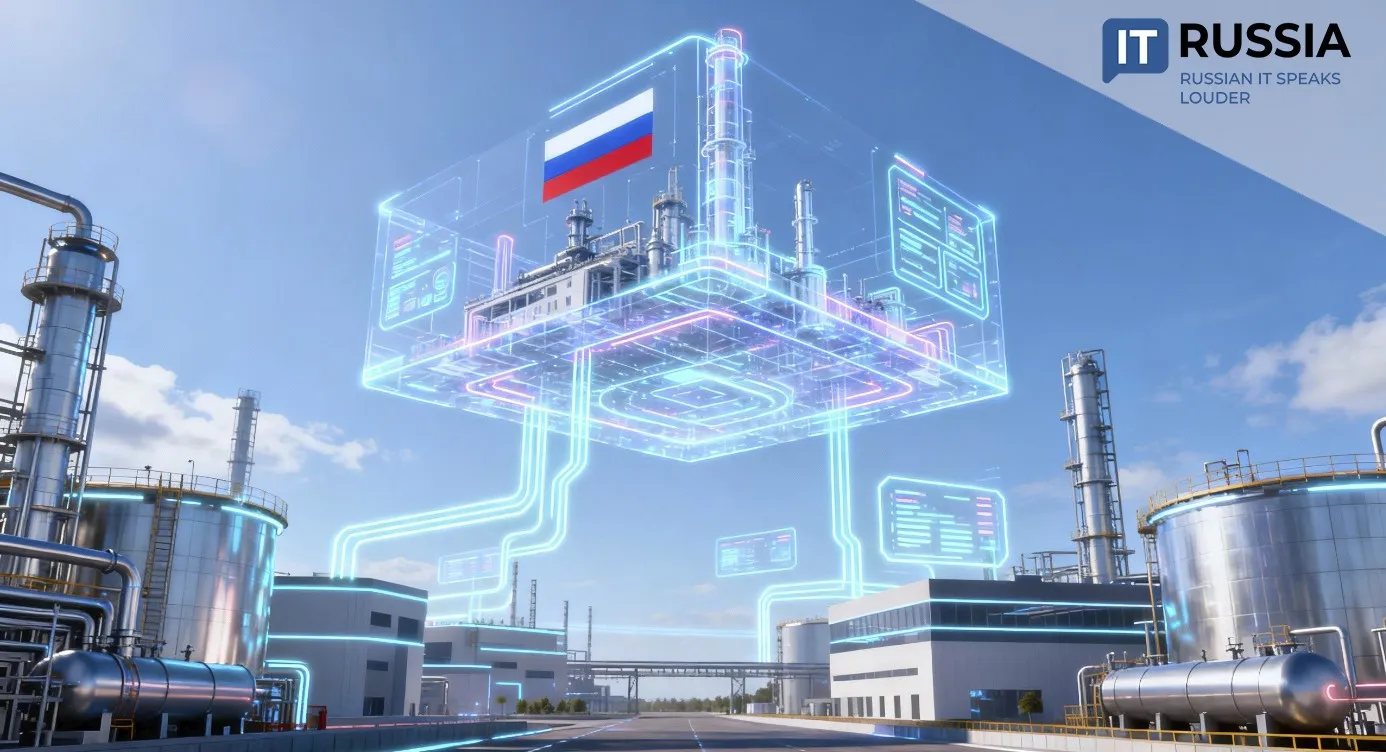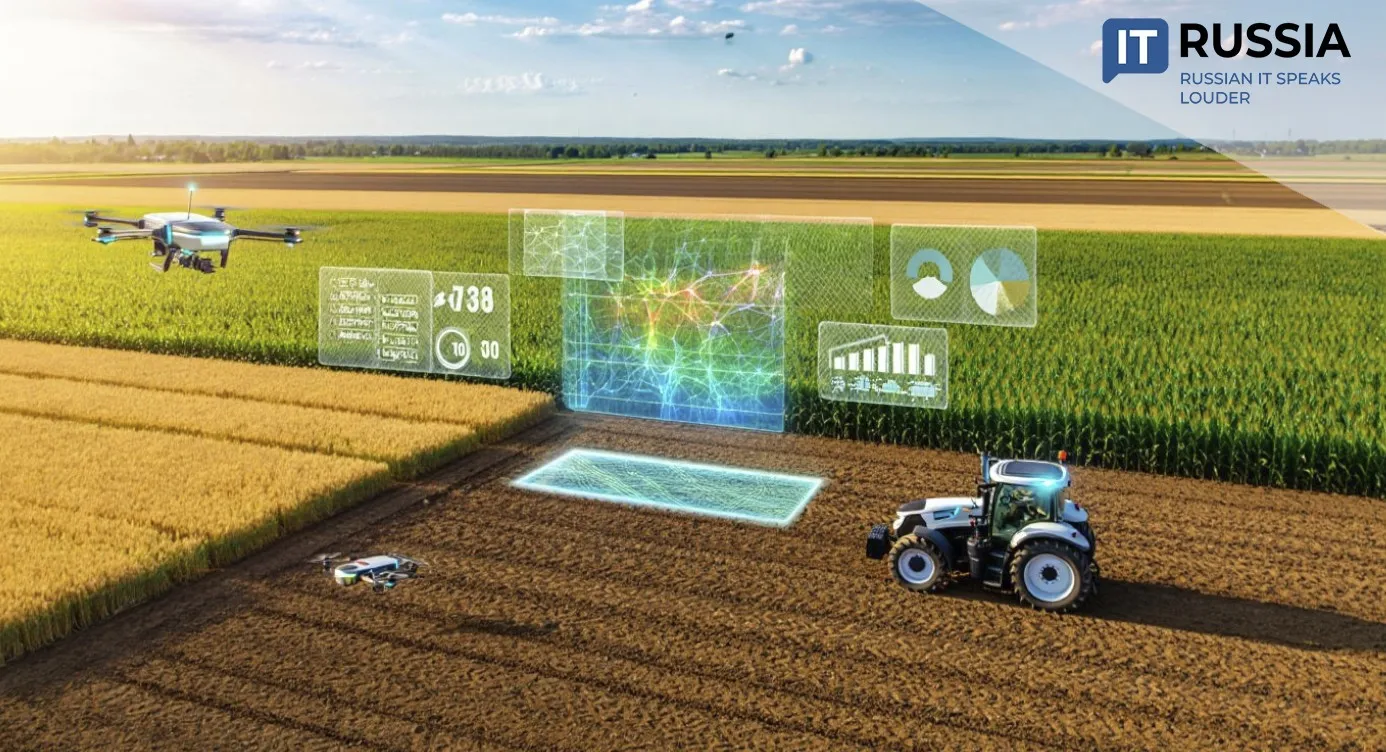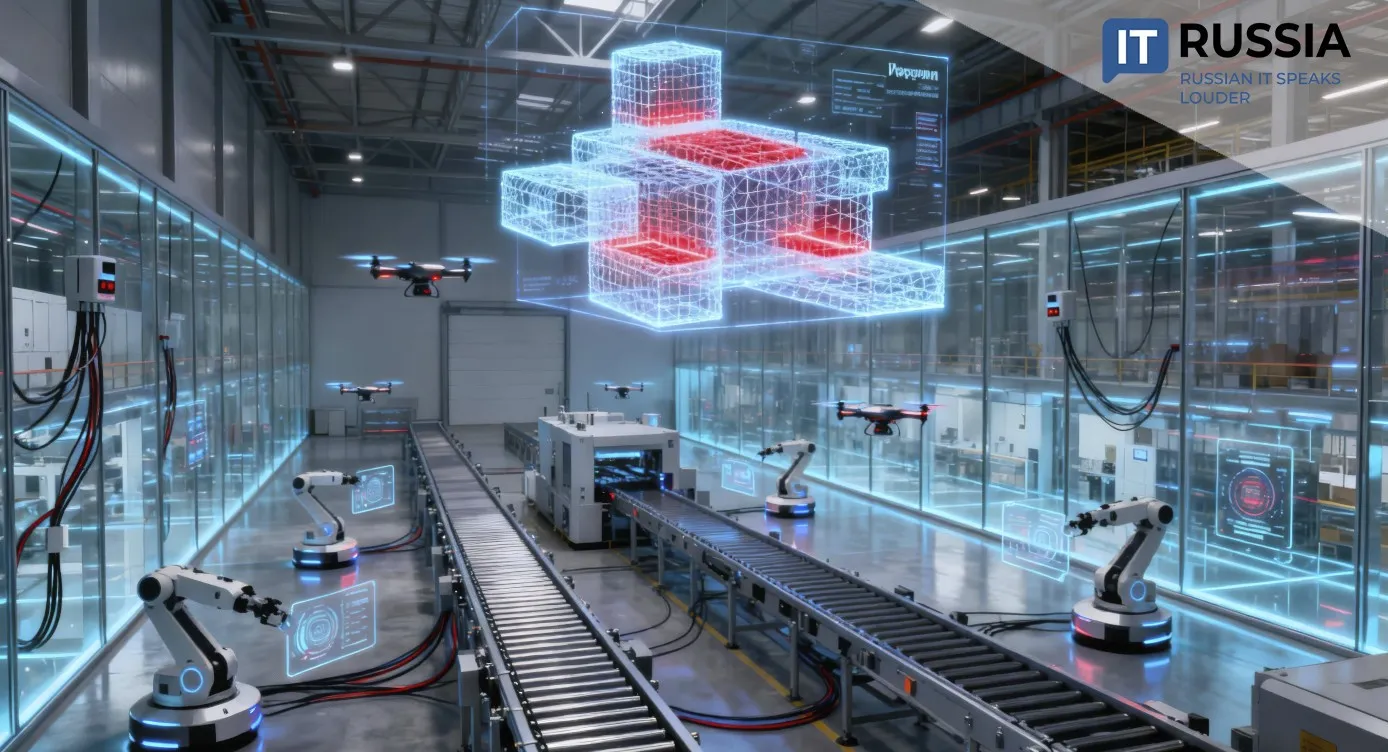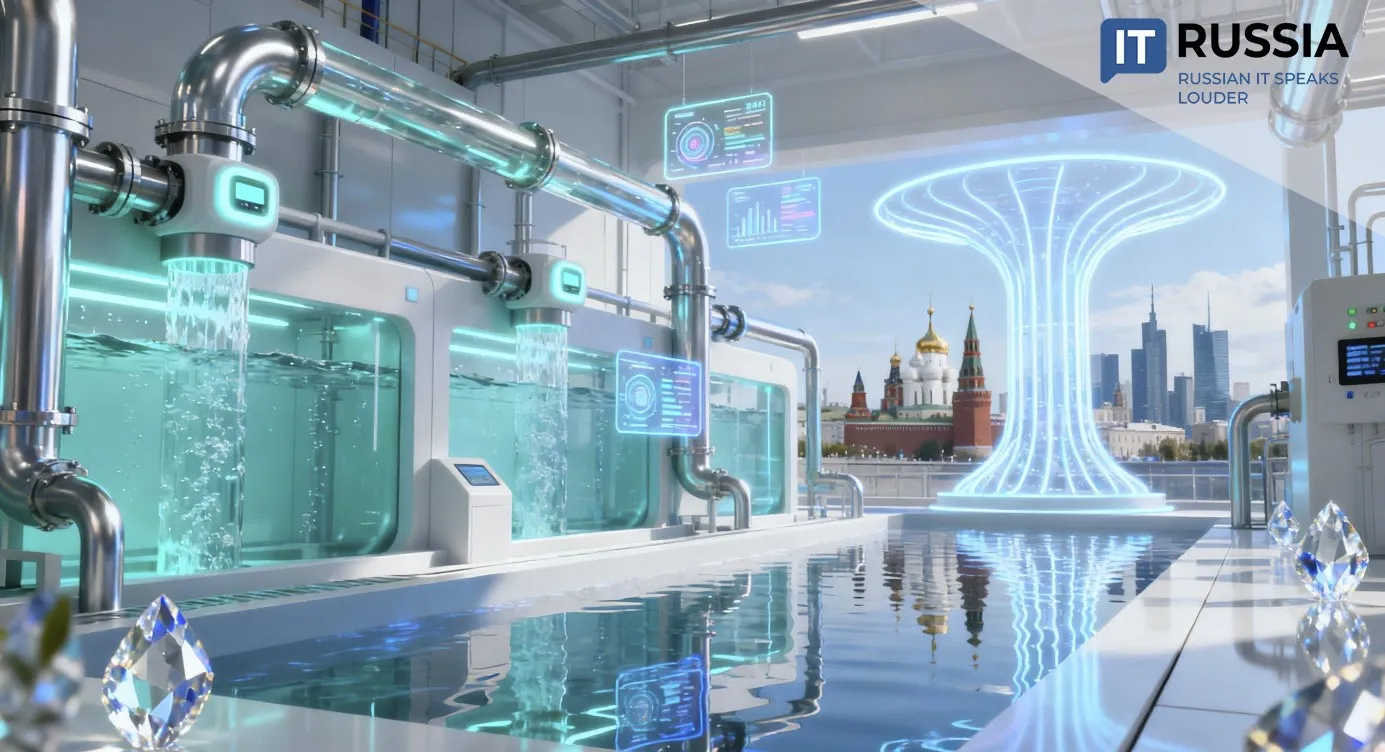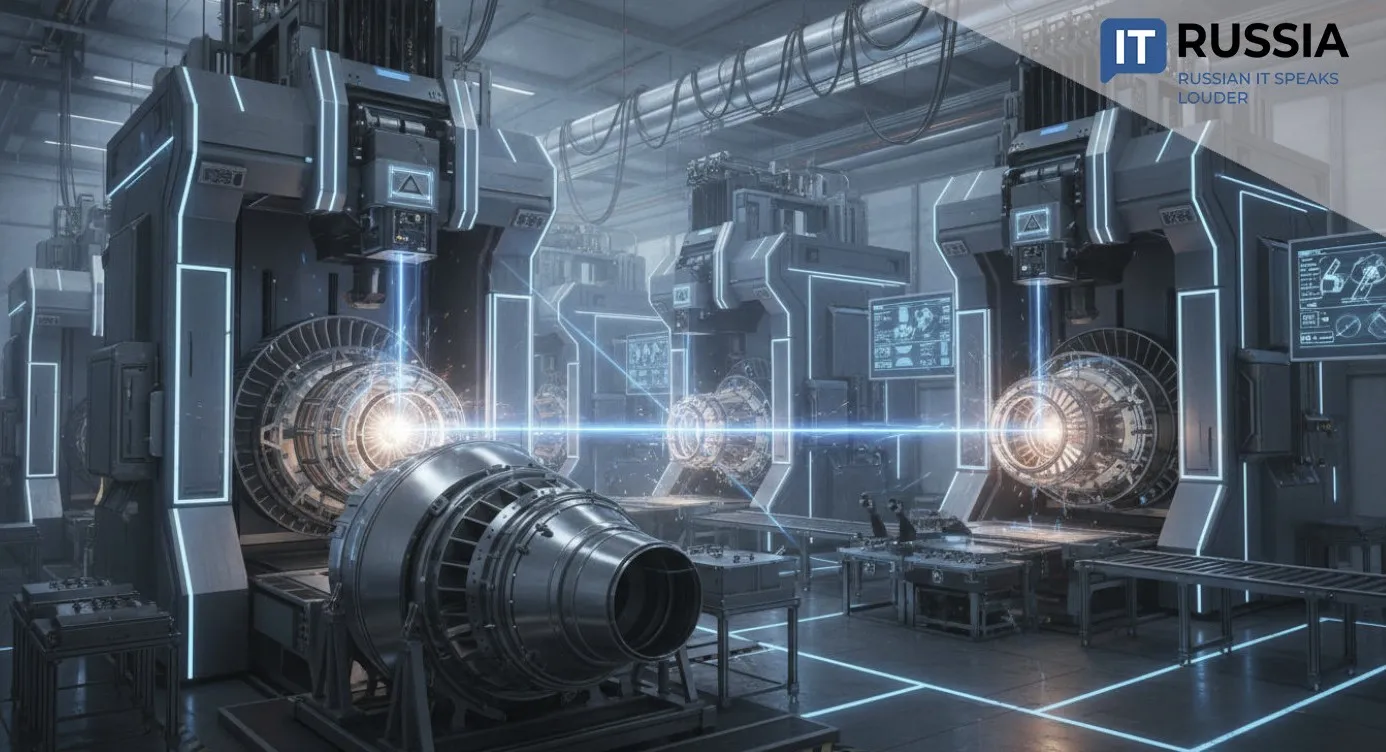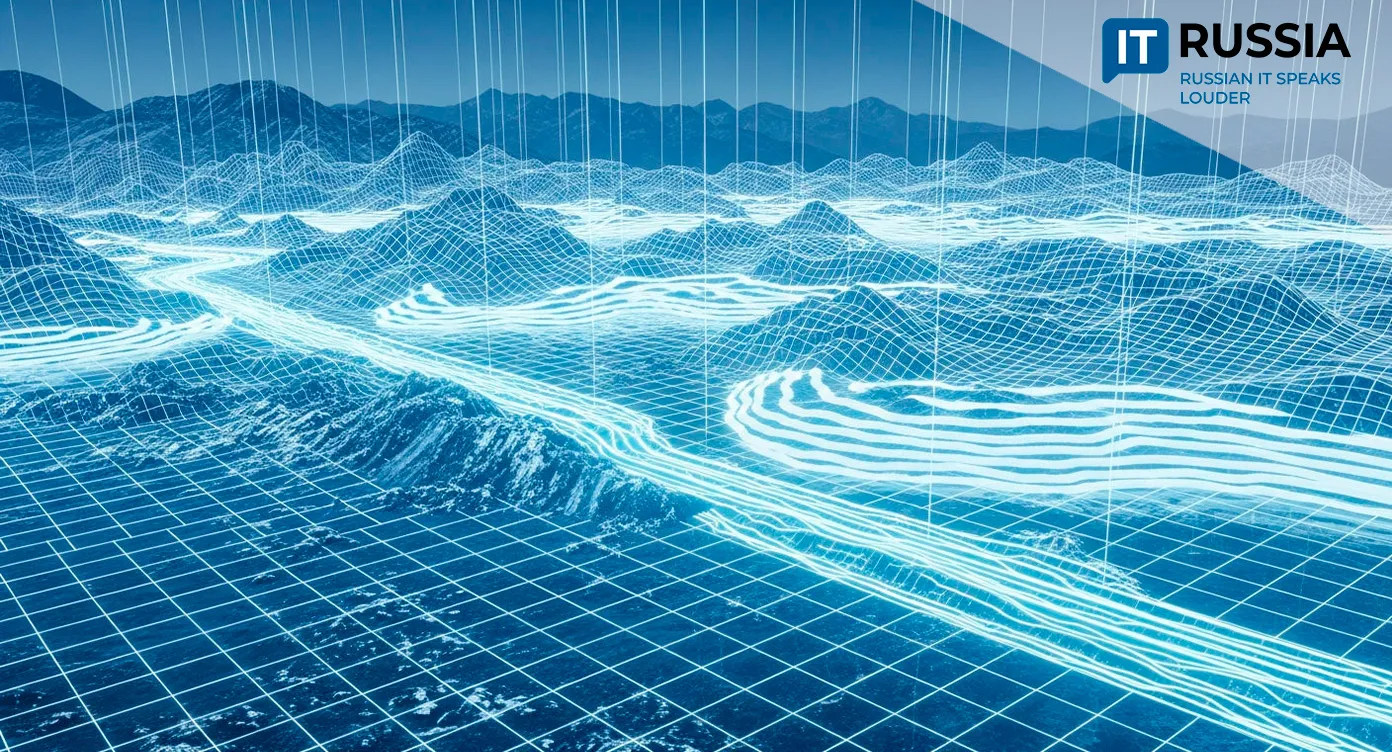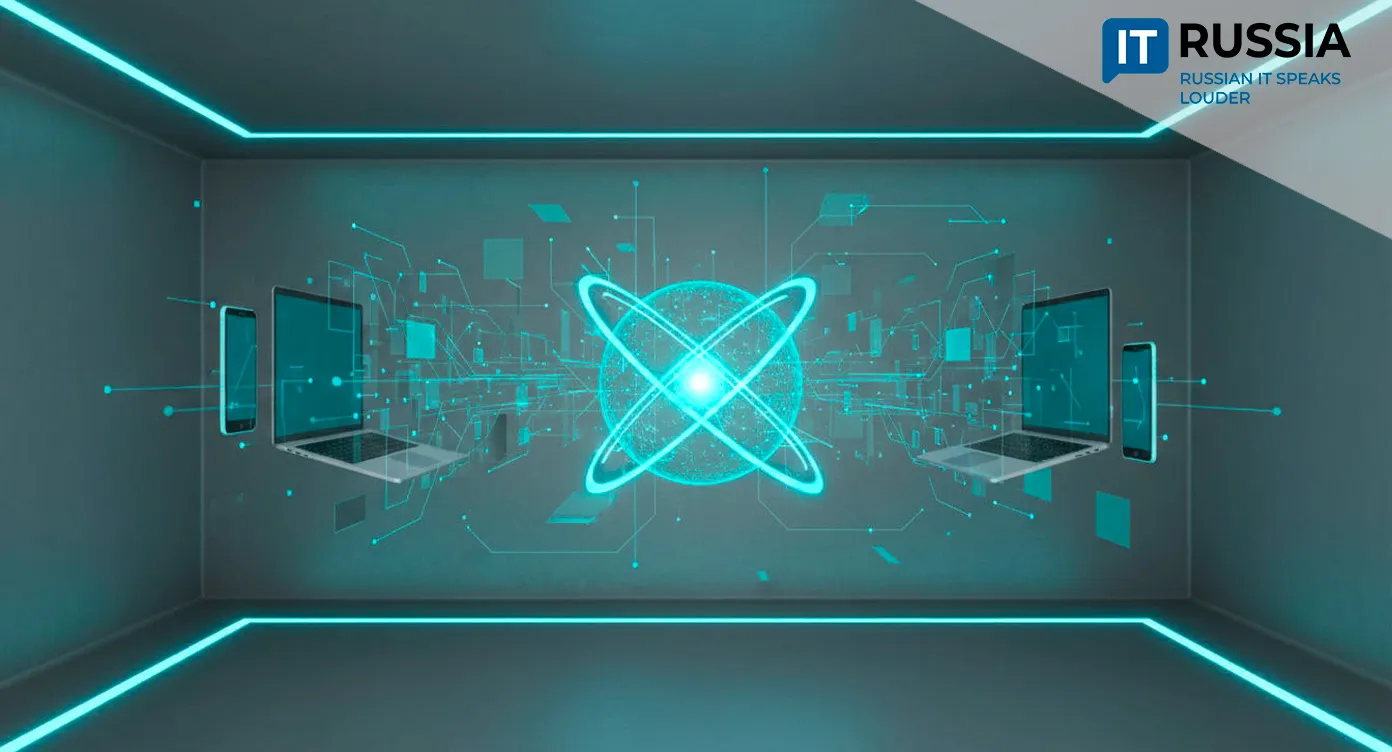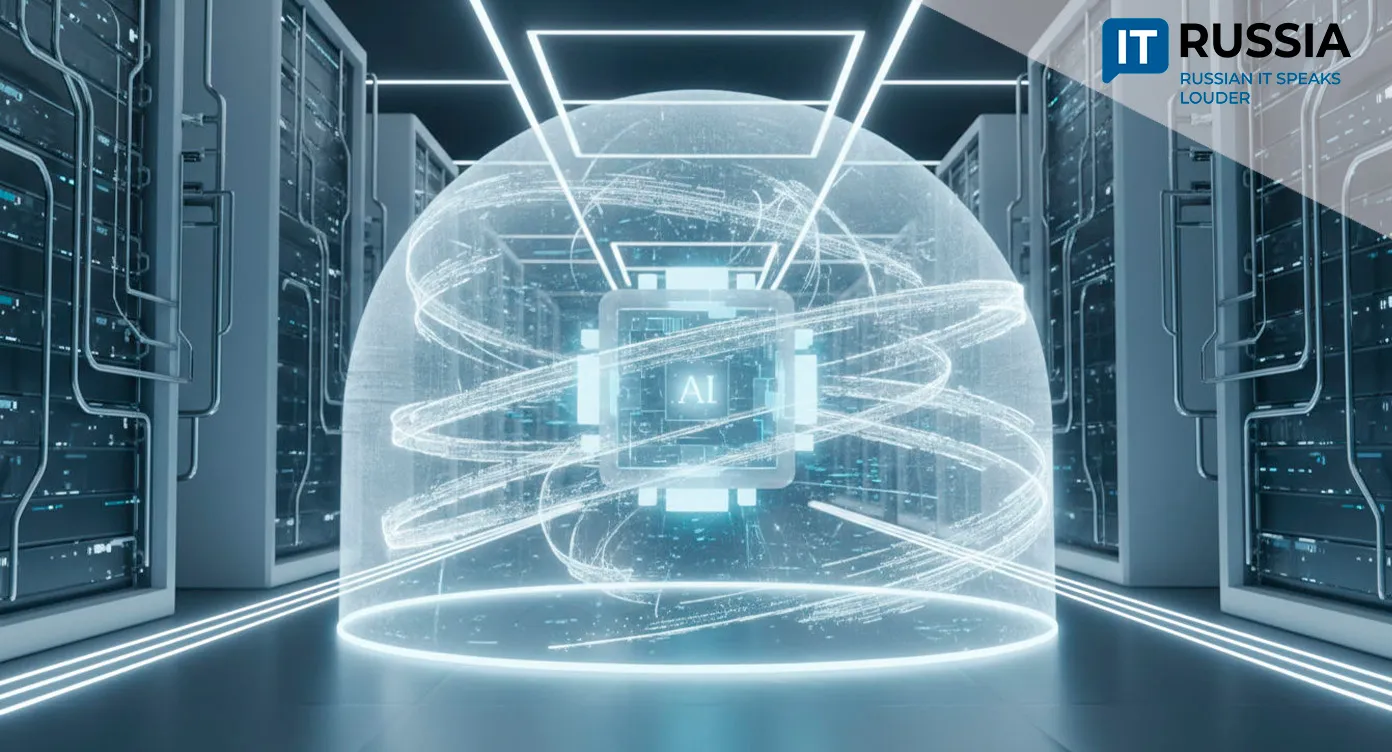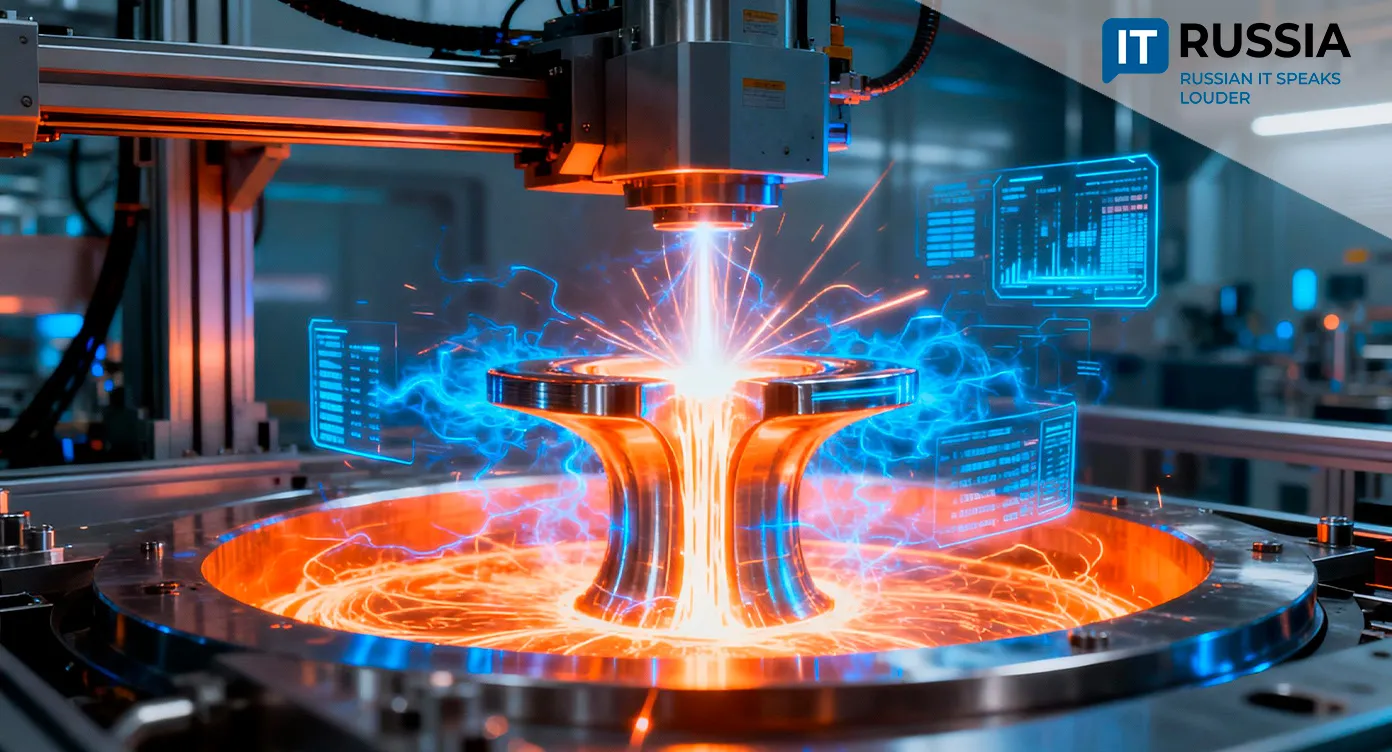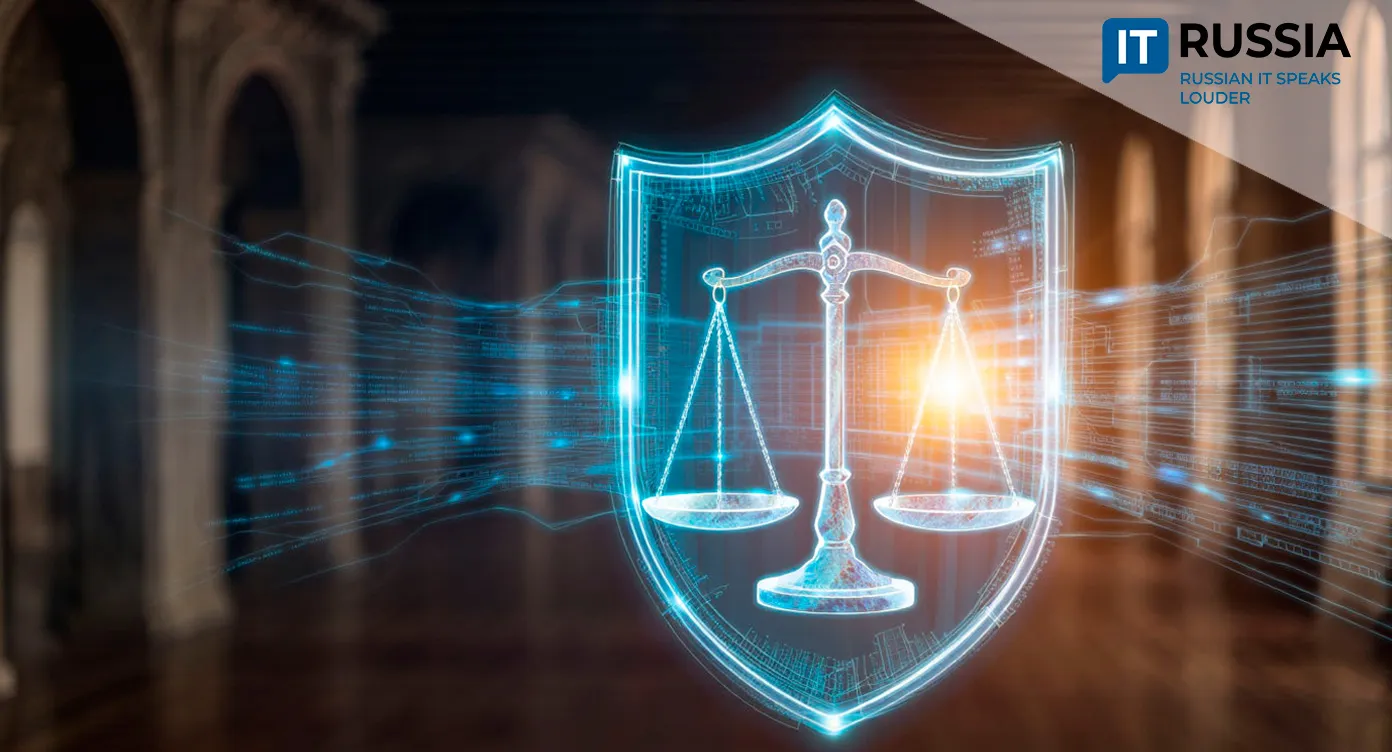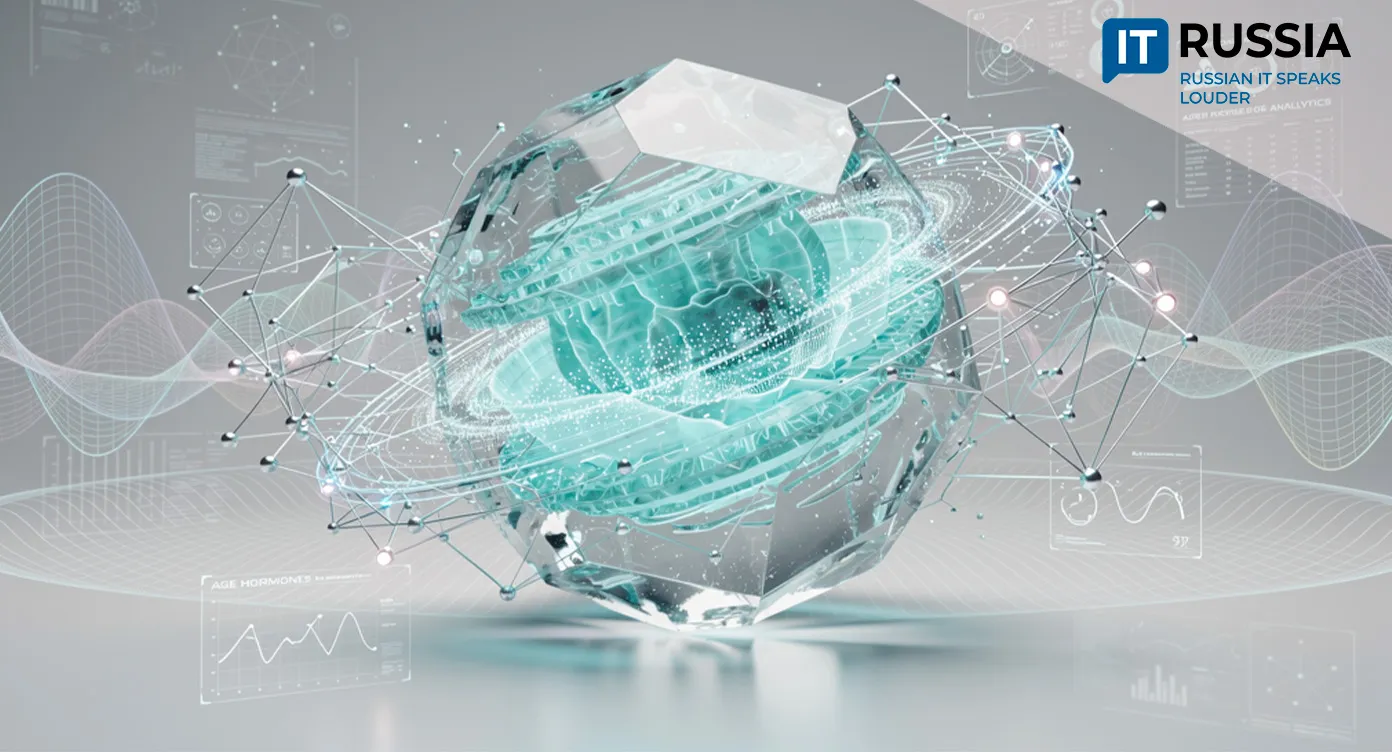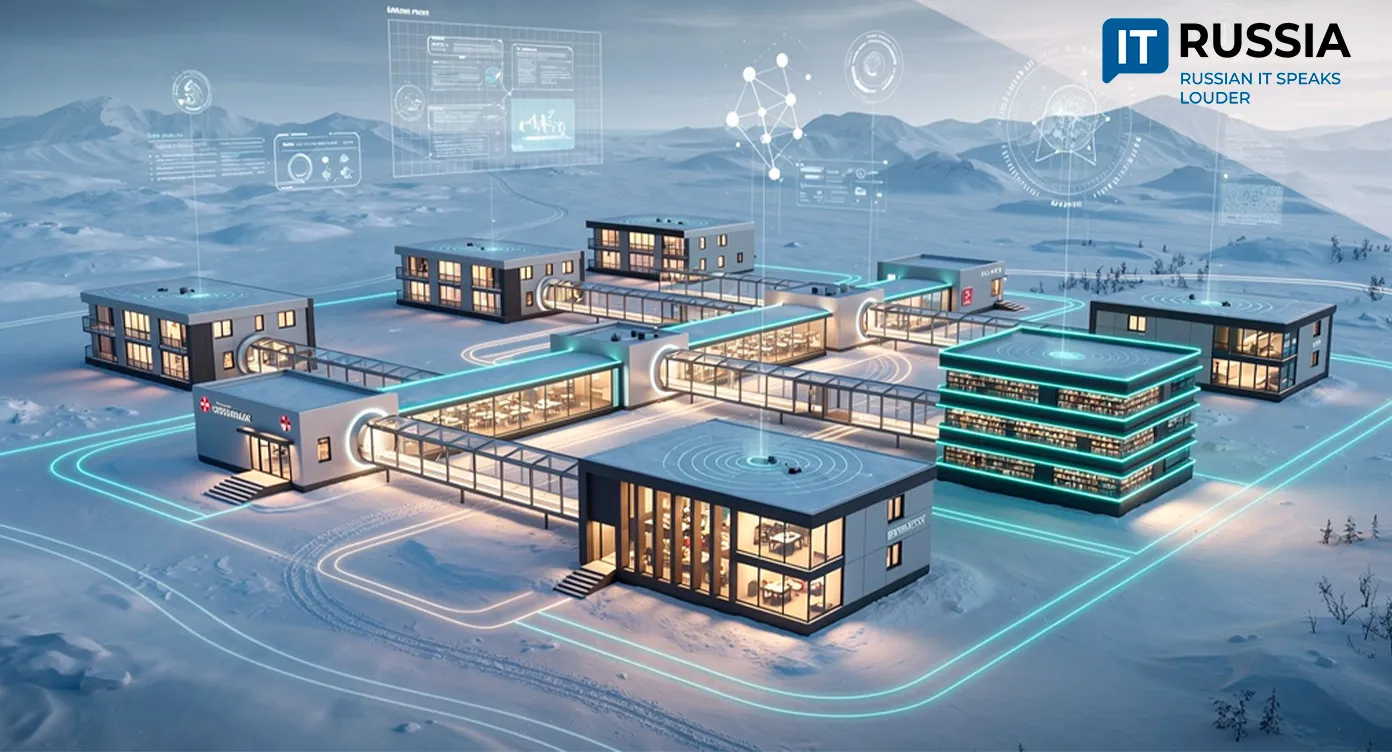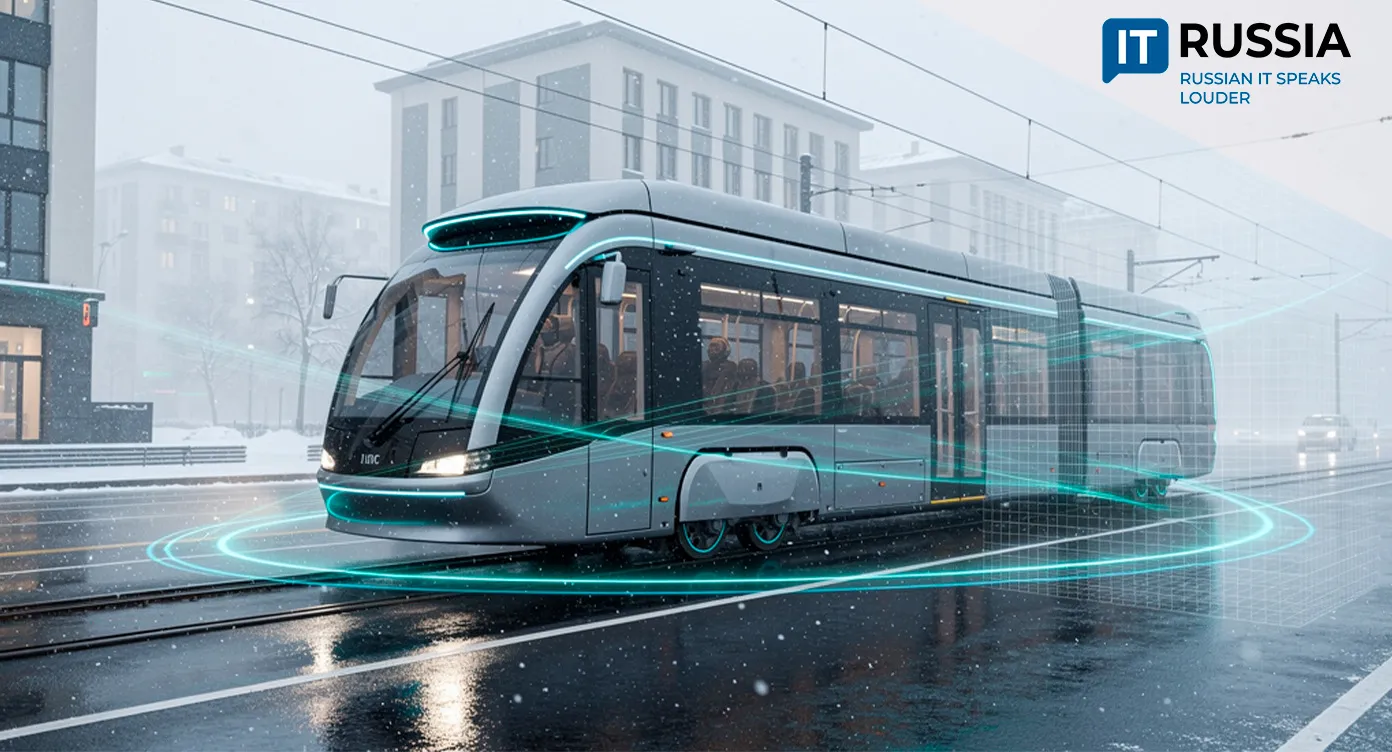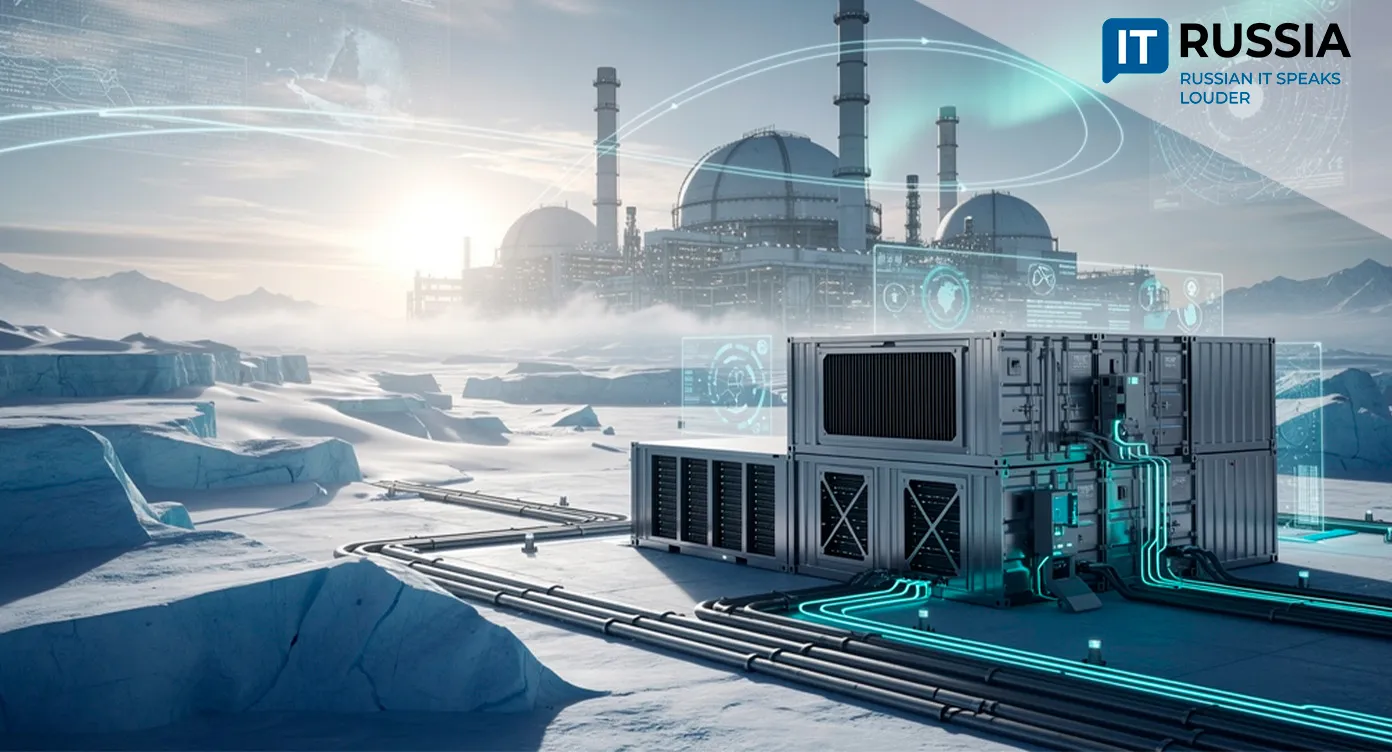A New Growth Point for Russian IT
At the 2025 Russian Energy Week forum, industry leaders explored an emerging trend — deploying data centers directly at extraction sites powered by local energy generation.
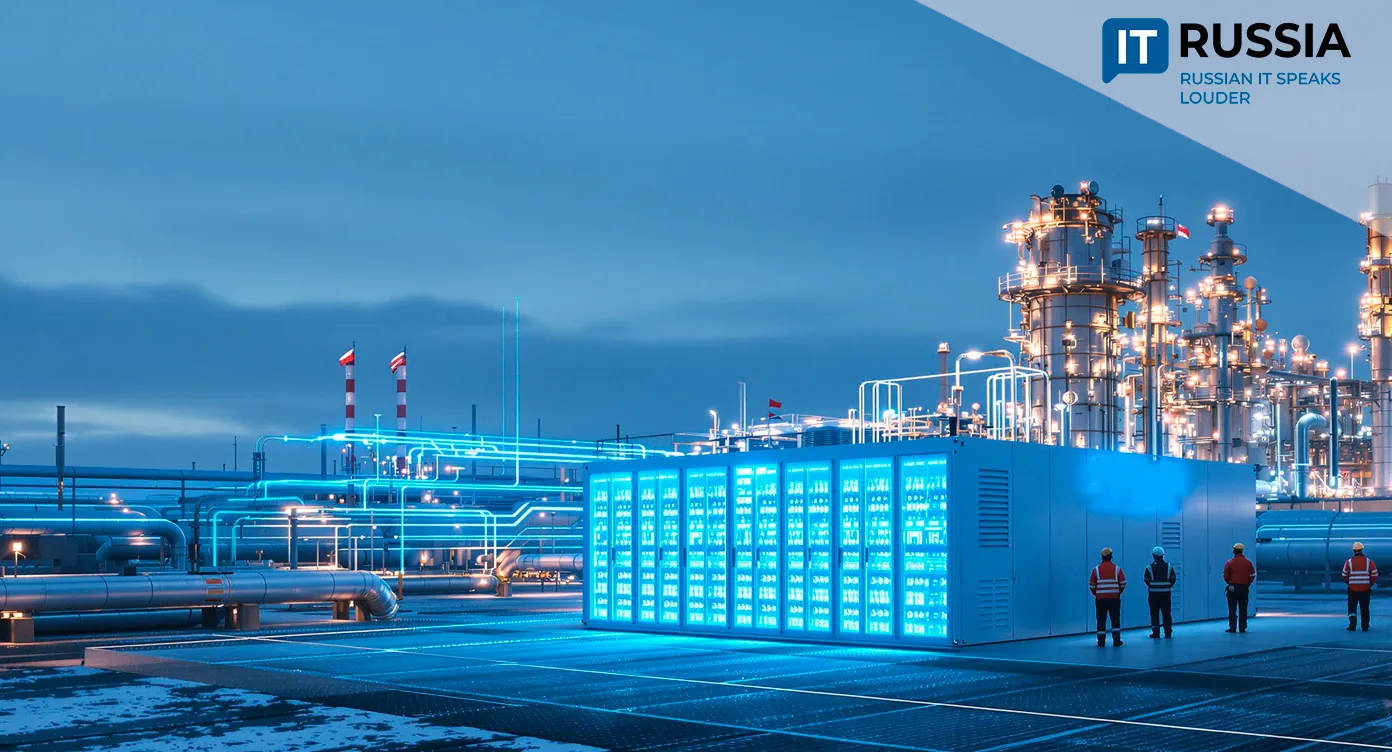
Mutual Benefits for Energy and IT
Direct integration of data centers (DCs) into extraction-site infrastructure is becoming a strategic growth driver for both Russia’s IT and mining industries. The commercial DC market in Russia already totals tens of billions of rubles and continues to show steady expansion.
However, the traditional model — where data centers draw electricity from centralized grids — is facing new challenges, including high tariffs, transmission losses, and rising grid loads.
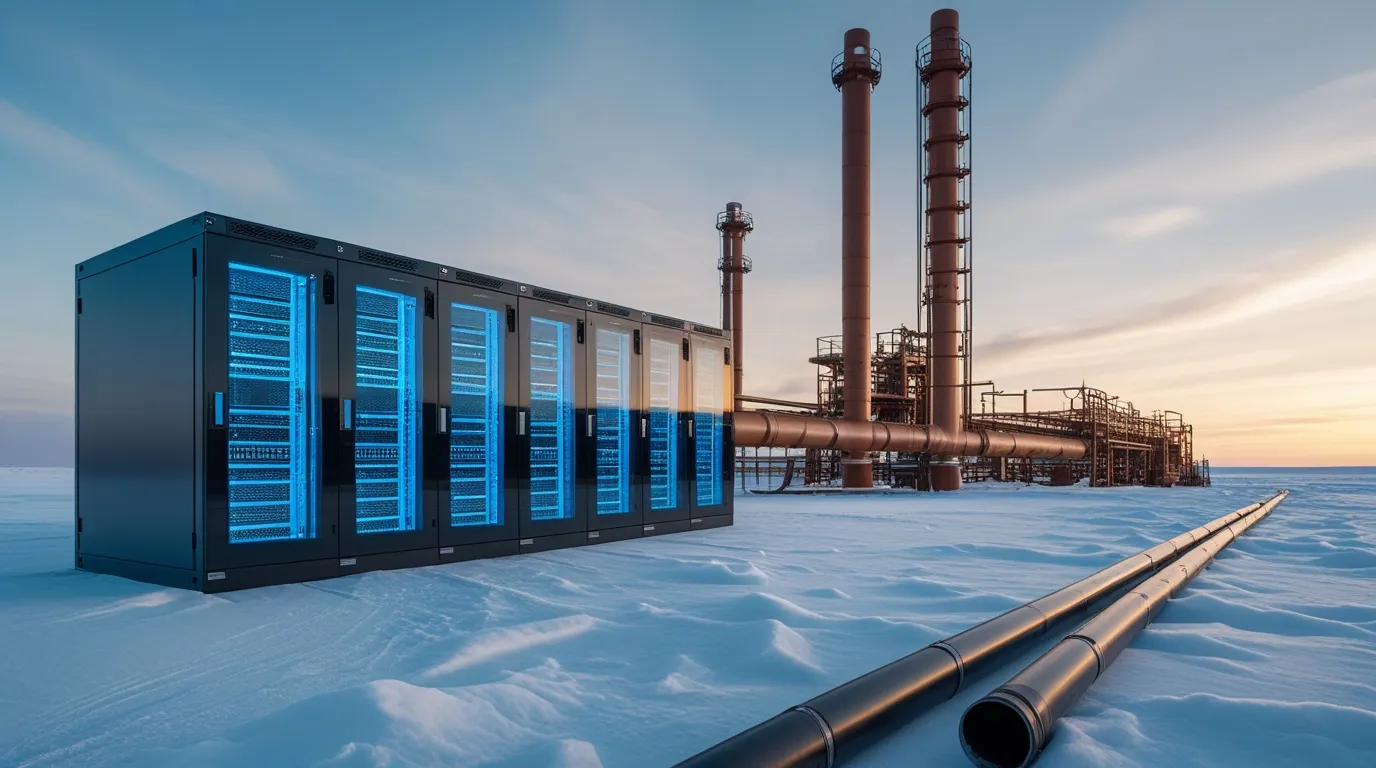
At the same time, extractive sectors, particularly natural gas, are seeking new ways to improve profitability and diversify operations. Using local generation at extraction sites to power DCs directly addresses these challenges.
The key advantage lies in cutting operational expenses. Eliminating electricity transmission costs — which can account for up to 15–20% of total energy pricing — delivers immediate savings. On-site, associated petroleum and low-pressure gas, which were previously flared, can now be used more efficiently. This solution is not only economically beneficial but also environmentally sound, as it reduces carbon emissions. Additionally, energy giants like Gazprom are transitioning from raw material suppliers to full-cycle infrastructure operators, gaining added value not only from fuel sales but also from high-margin IT services.
The growing energy demand from data centers is starting to influence global gas market architecture — underscoring the significance of this trend far beyond Russia.
Opportunities and Challenges
Locating data centers close to energy sources creates a resilient and efficient model for distributed digital infrastructure. Russia’s expertise in combining low-pressure gas utilization, on-site generation, and DC deployment holds strong export potential — particularly for developing, resource-rich nations.

However, this ambitious strategy comes with challenges. The primary risks relate to maintenance in remote, harsh environments and the establishment of reliable, high-speed communication networks. Another critical task is developing new reliability standards for hybrid infrastructures. The success of these projects will depend on close coordination between IT developers, energy providers, regulators, and infrastructure managers.
Energy Companies as Digital Powerhouses
In the next one to two years, several pilot projects are expected to be launched, serving as test sites for technologies such as efficient cooling systems adapted for Arctic conditions. These initiatives will help form a new regulatory framework. Given the scope of the task, a hybrid infrastructure model is the most realistic: part of computing power will remain concentrated in traditional DCs near data-consumption hubs, while the rest will be distributed across extraction sites for energy-intensive, non-latency-sensitive workloads such as mining, backup storage, and high-performance geological simulations.

In the long term, this integration could redefine both data center architecture and the overall relationship between IT and heavy industry in Russia. Energy corporations will become major players in the digital economy, while the state gains an exportable product — turnkey integrated solutions. This transformation represents a shift from raw-material dependency to technological sovereignty, where computing capacity becomes as strategic an asset as energy resources themselves.



